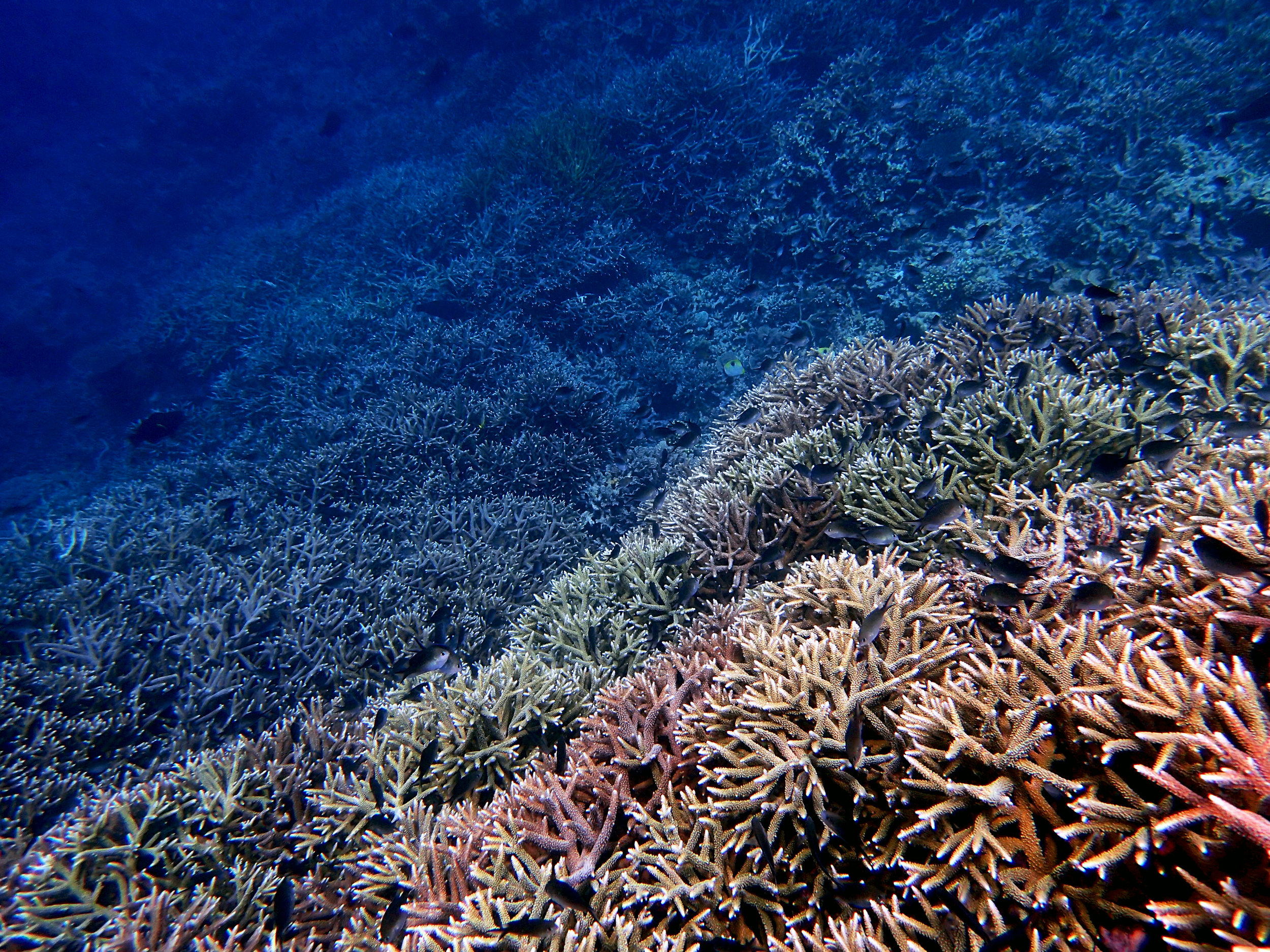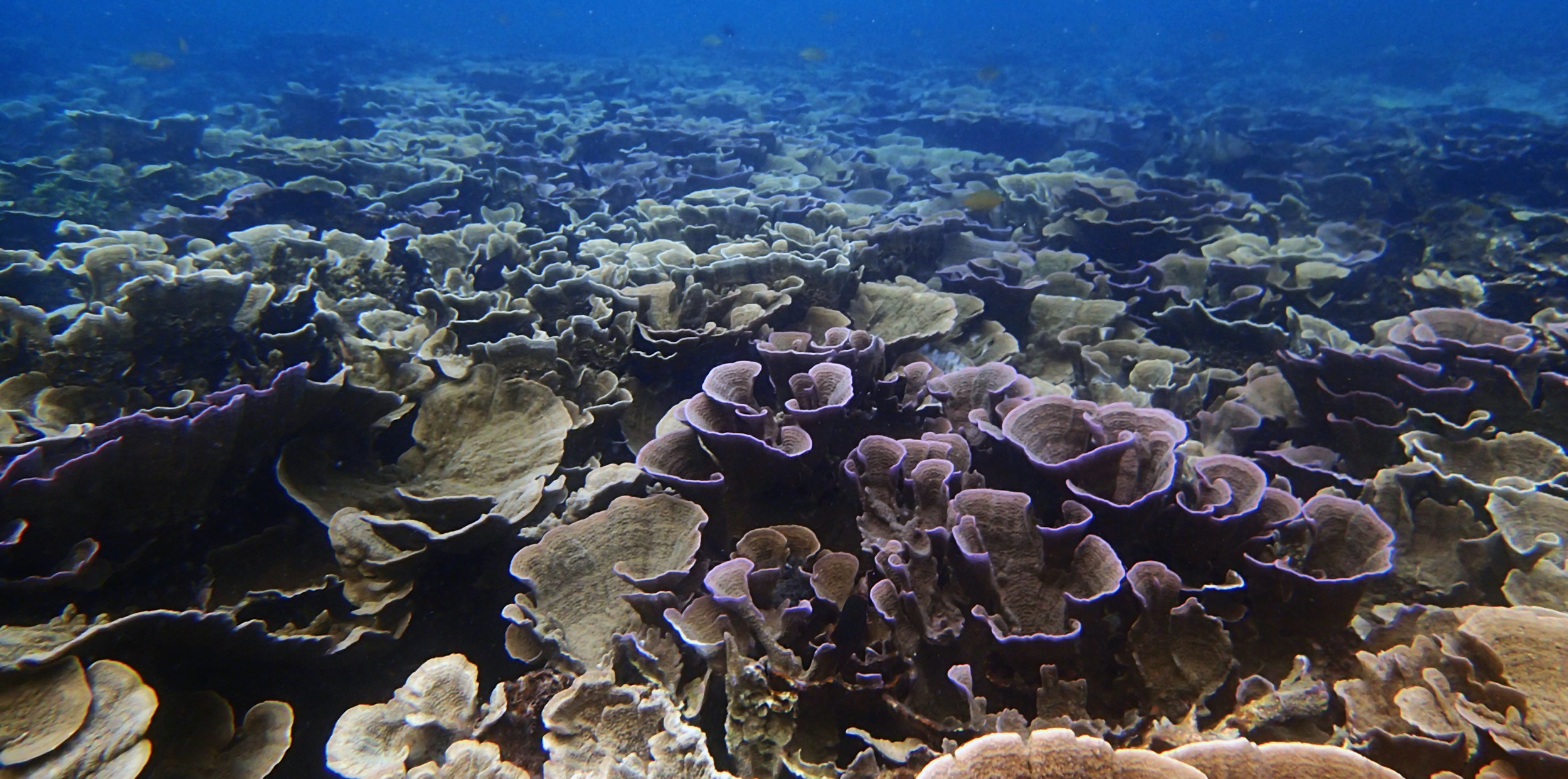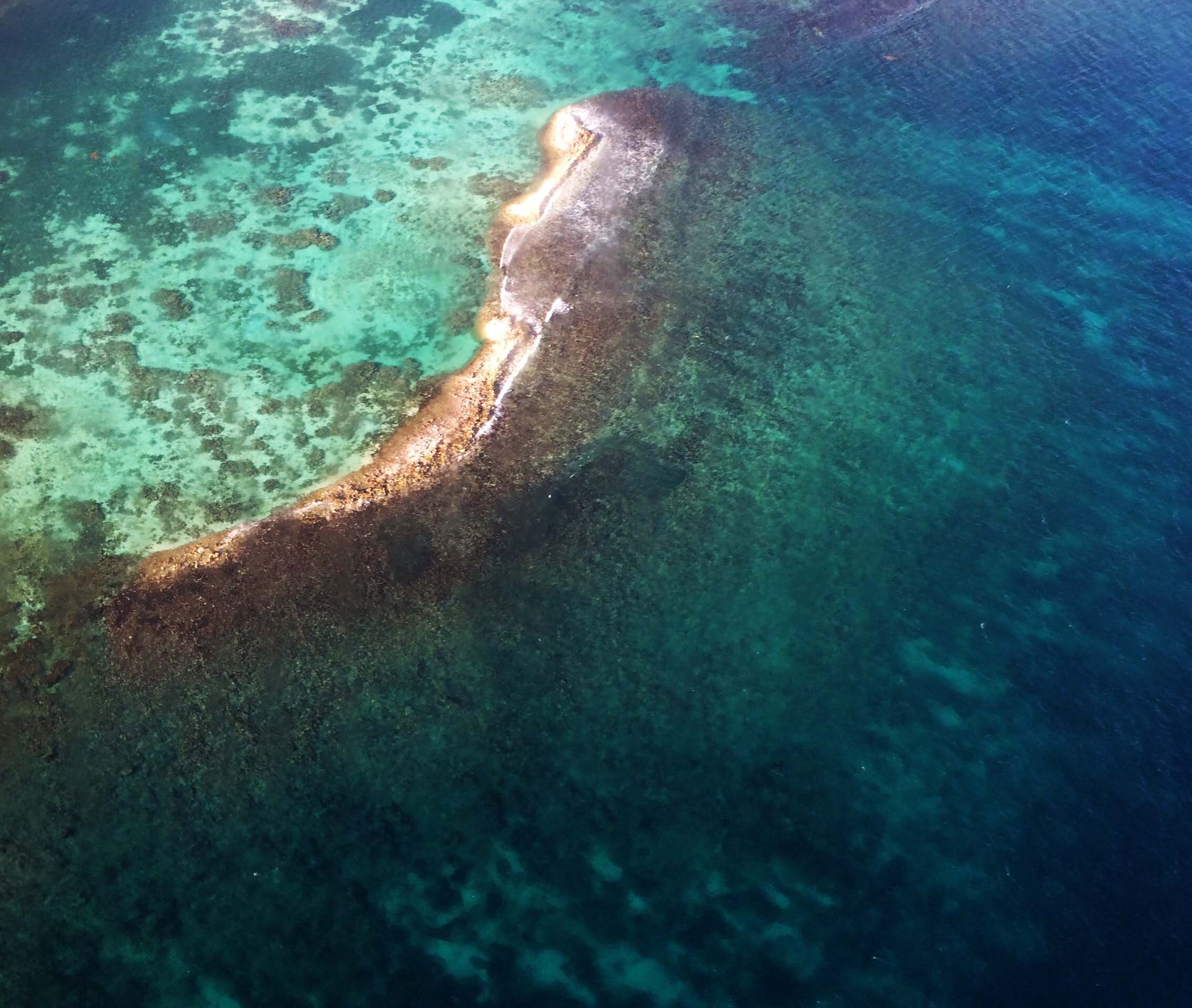I have had the opportunity to have dived in many nice places over the past 25 odd years, and, during visits to some of my favorite reefs in the world (e.g., Sipadan [Malaysia], Bunaken [Indonesia], my first trip to Komodo [Indonesia] in 2009, and Balicasag [Philippines]), I didn't even OWN an underwater camera. I have since rectified that issue and have taken tens of thousands of underwater pictures with a simple, point-and-shoot Olympus TG2 (and later TG4, TG5, TG6, and, currently, TG7). Here are some of my favorite stills from the past few years. The vast majority are from Indonesia (or here for “best of” Indo) and the Philippines (or here for “best of” Philippines), though I threw in some good Chagos, Maldives, and Palau pictures, as well. For my full “diving resume” scroll to the bottom of the page.
Last update: Mar. 2025. Go here for newer ones or here for the complete collection. Be patient; this page takes a while to load.
SCUBA diving and fieldwork
I have been an avid SCUBA diver for the past 25+ years, logging over 8,000 dives across Africa (entire coast of Kenya), Bermuda, the Caribbean (Bahamas, Barbados, Belize, Bonaire, Costa Rica, Colombia, Dominica, Florida [Miami area, the Keys, the panhandle, & Dry Tortugas & Biscayne National Parks], Honduras, Mexico, Nicaragua, Panama, St. Lucia, St. Vincent & the Grenadines, Turks & Caicos), inland United States (Alabama, North Carolina, & Tennessee), Gulf of Mexico (Florida panhandle & Texas’ Flower Garden Banks [R/V Manta out of Galveston]), Hawaii, French Polynesia (Mo’orea & the Austral Islands), the Cook Islands, Fiji, Tonga, New Caledonia, Solomon Islands, Palau, Eastern Australia (southern & northern sections of the Great Barrier Reef), and elsewhere in the Indo-Pacific, including Chagos Banks (south of the Maldives), Indonesia (Bali, Lembongan/ Penida, Nusa Tenggara [Flores & Komodo National Park (northern & central regions)], Sulawesi [southern & northern regions], Maluku [Ambon/Seram & the Banda Islands], and Papua [Triton Bay & Raja Ampat]), Malaysia (Peninsular & Borneo), Maldives (central & northern atolls), Mauritius, Philippines (Luzon, Visayas, & Palawan/Coron), Taiwan (mainland, offshore territories, & South China Sea atolls), and Thailand (Gulf of Thailand and Indian Ocean). Over 2023-2025, I explored reefs of the Saudi Arabian Red Sea coastline. I also visited the warm reefs of the Persian Gulf (Bahrain) in 2023-2024 and the (surprisingly cold) waters of the Gulf of Oman in mid-2024. For a selection of my best underwater images, check out my Adobe Portfolio.
I have also dived as part of a research expedition to the Northwest Hawaiian Islands, the world’s largest marine protected area, on the NOAA ship Hi’ialakai. I have rescue, NITROX, and master diver certifications through NAUI, as well as AAUS training and certification from the University of Hawaii, Manoa. From April 2013 to May 2015, I conducted fieldwork across the Indo-Pacific on the Khaled bin Sultan Living Oceans Foundation’s research vessel, the Golden Shadow, as part of their Global Reef Expedition. I also undertook fieldwork at Dongsha, a Taiwanese-governed atoll in the South China Sea, with plans of going even further south into the South China Sea (Nansha Atoll) at some point. Since 2016, I have also been undertaking volunteer work (namely training tourists in marine biology and establishing long-term monitoring programs) with the NGO Coral Reef CPR in the Maldives, an opportunity that has afforded considerable diving.
In addition to having had the good fortune to have dived in so many spectacular locales, I participated in hyperbaric physiology research while an undergraduate at Duke University. I was a test subject in one of their “flying after diving” studies sponsored by the Diver’s Alert Network (which is based at Duke University’s South Hospital). Briefly, we underwent dive and flight simulations in the world’s premier hyperbaric chambers in order to determine whether flying after diving truly does result in bubble formation in the blood. Although no one in our test group succumbed to decompression sickness, I nevertheless do not recommend flying after diving until at least 12 hours have passed.



















































